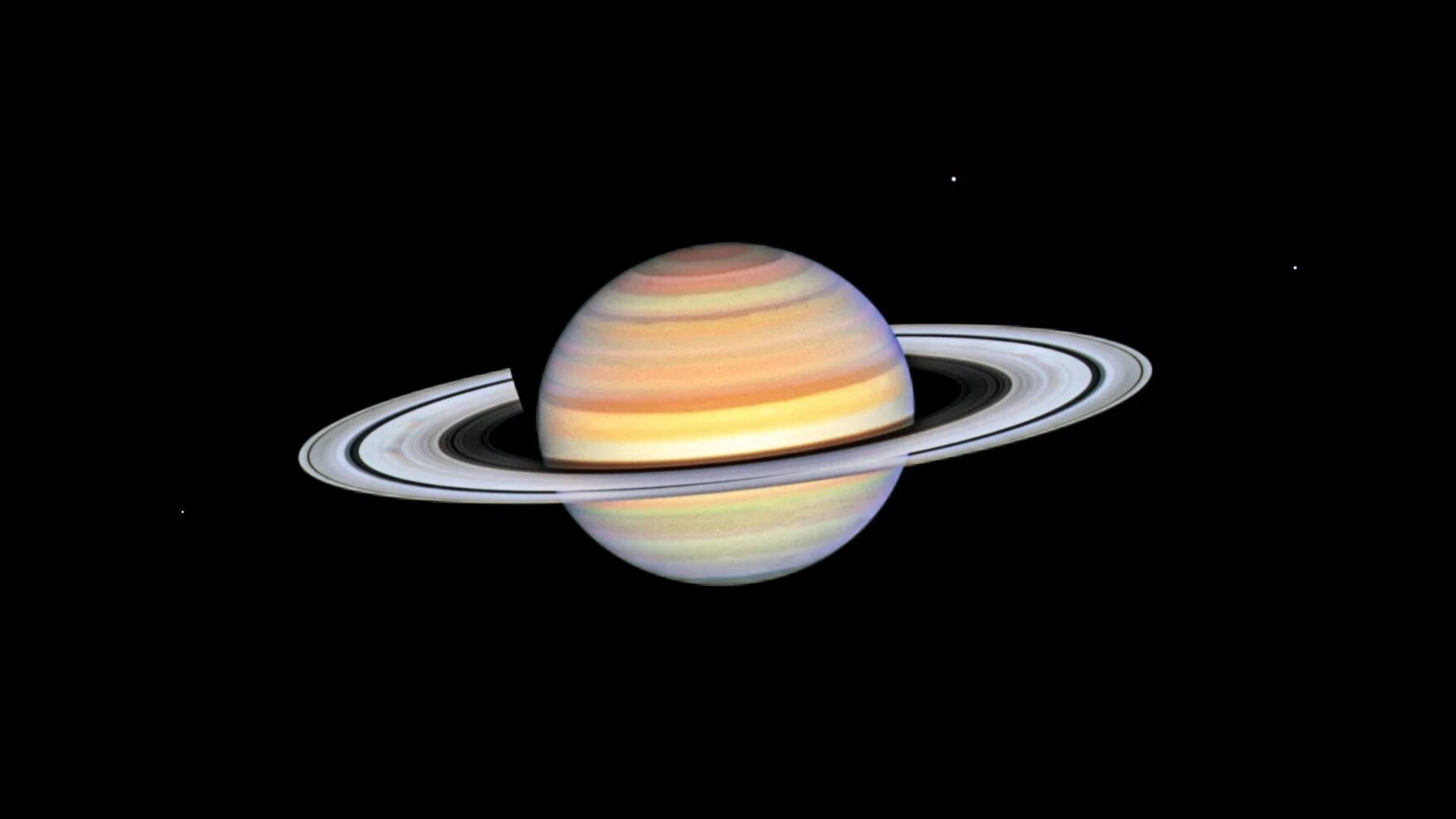
Saturn’s spokes are transient features that rotate along with the rings. Their ghostly appearance only persists for two or three rotations around Saturn. During active periods, freshly-formed spokes continuously add to the pattern.
Though Saturn's unusual-looking "cup handle" features were first noted by Galileo in 1610, it would be another 45 years before they were described by Christiaan Huygens as a disk surrounding Saturn. Subsequently, ground-based telescopes could only distinguish four unique concentric rings, labeled A, B, C, and D. Not until the 1980s did NASA's two Voyager probes fly by Saturn to photograph thousands of concentric ringlets. An even bigger surprise to Voyager scientists were dark, radial spoke-like patterns in the ring plane that came and went as they revolved around Saturn.
Over the past three decades, the Hubble Space Telescope has picked up where the Voyagers have left off. Hubble's ultra-sharp vision is the next best thing to being there. Hubble follows the ring spoke "merry-go-round" every year. It's believed the dark spokes are dust particles electrostatically levitated above the ring plane. They seem to change in abundance with Saturn's seven-year-long seasons. And, this may be linked to changes in Saturn's magnetic field, as it is battered by the solar wind.
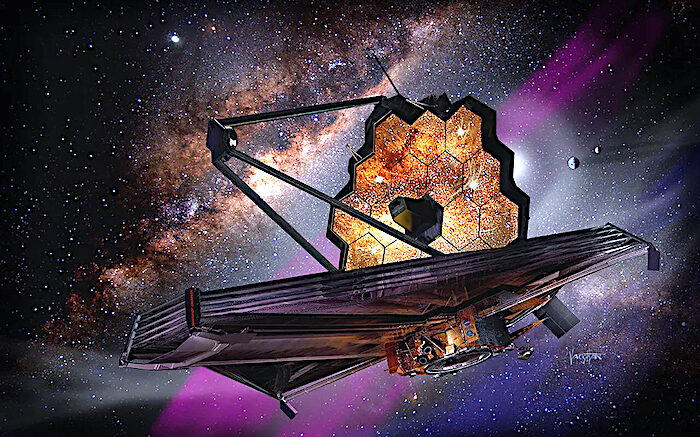
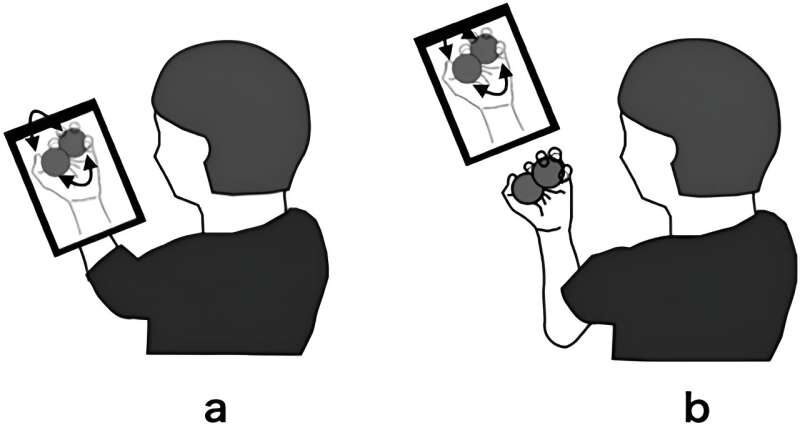

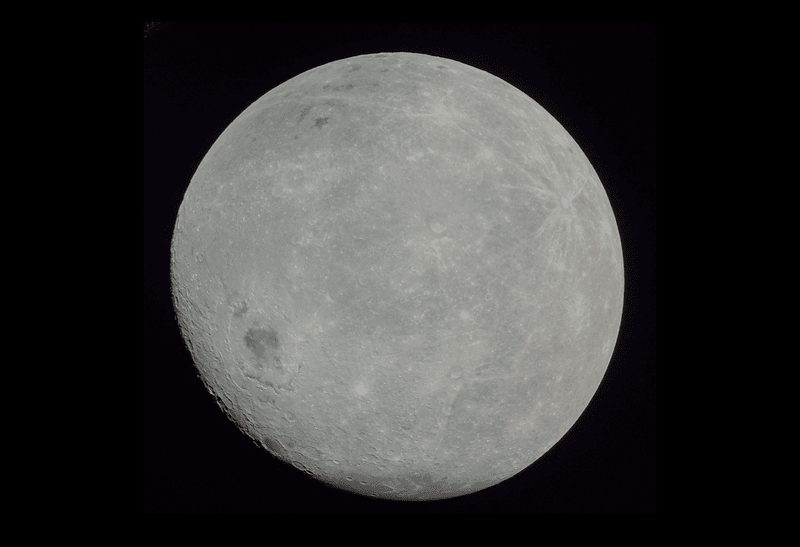

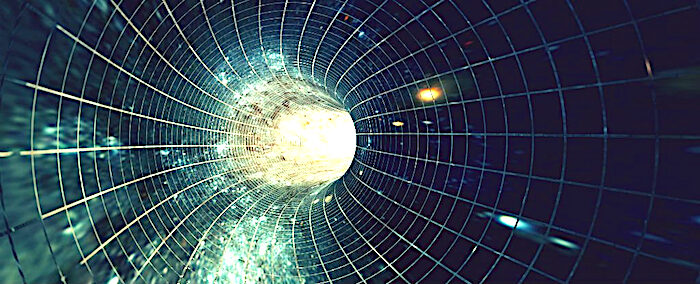


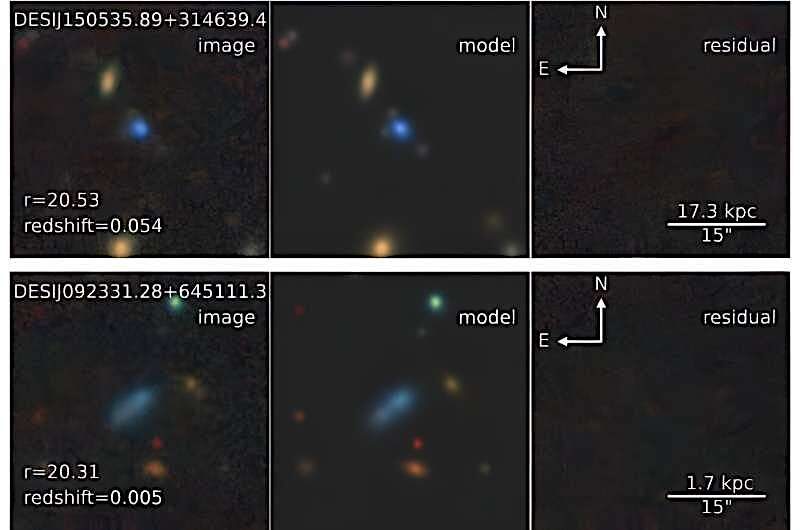



Comment: See also: